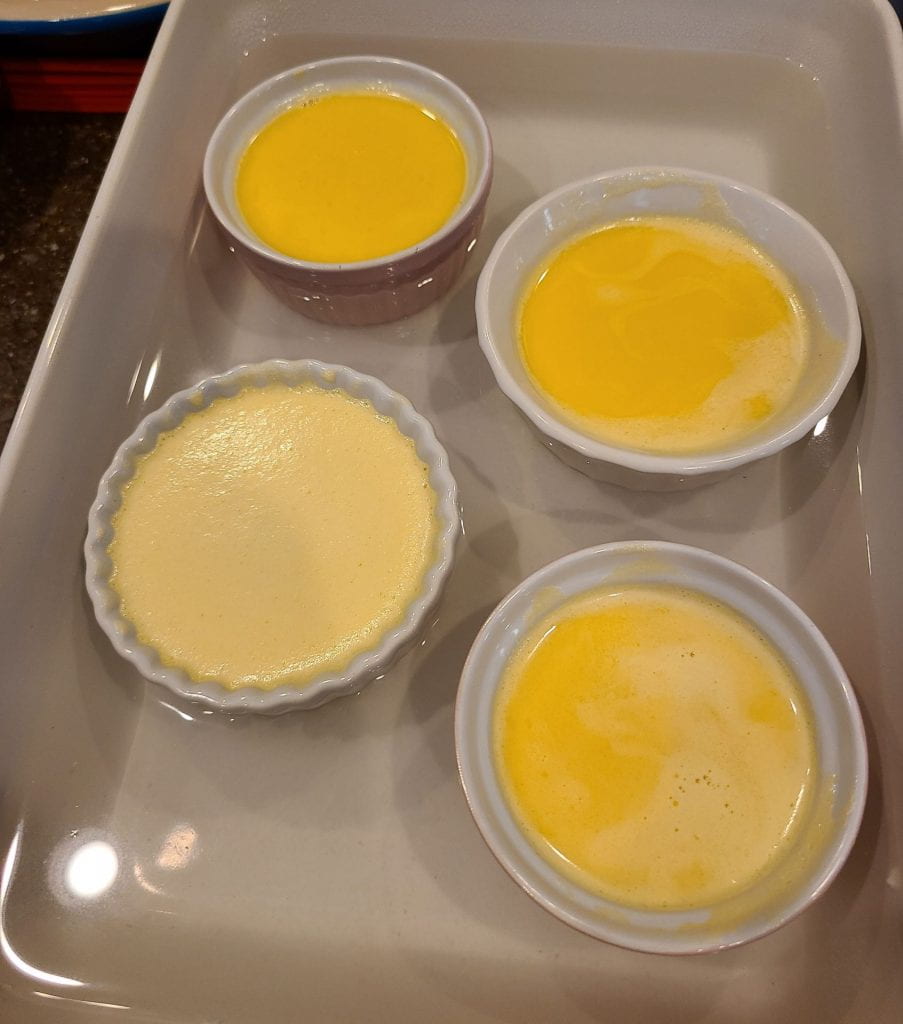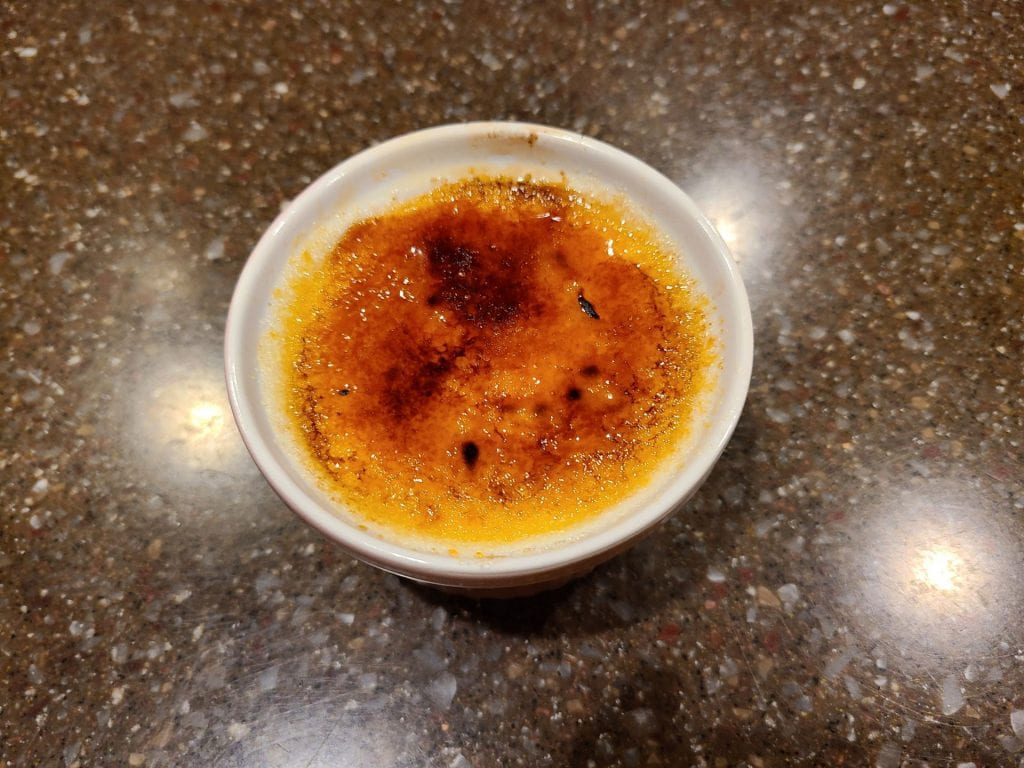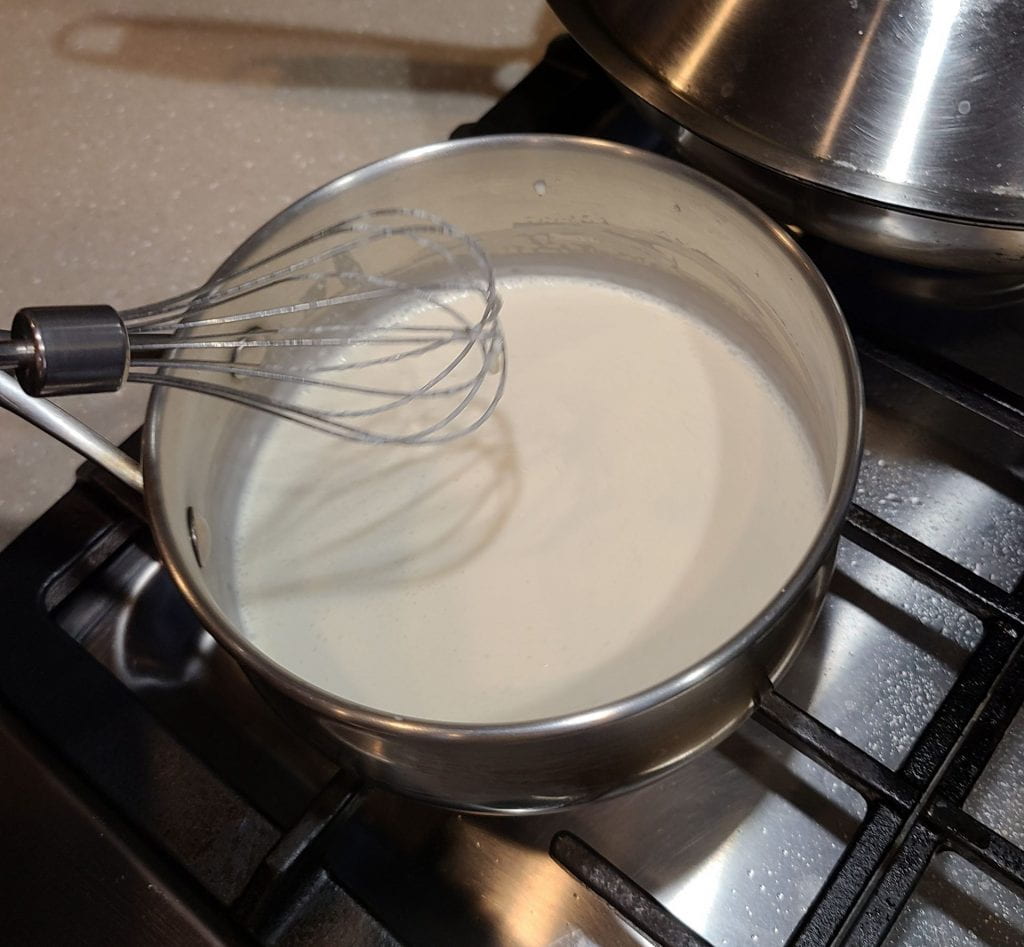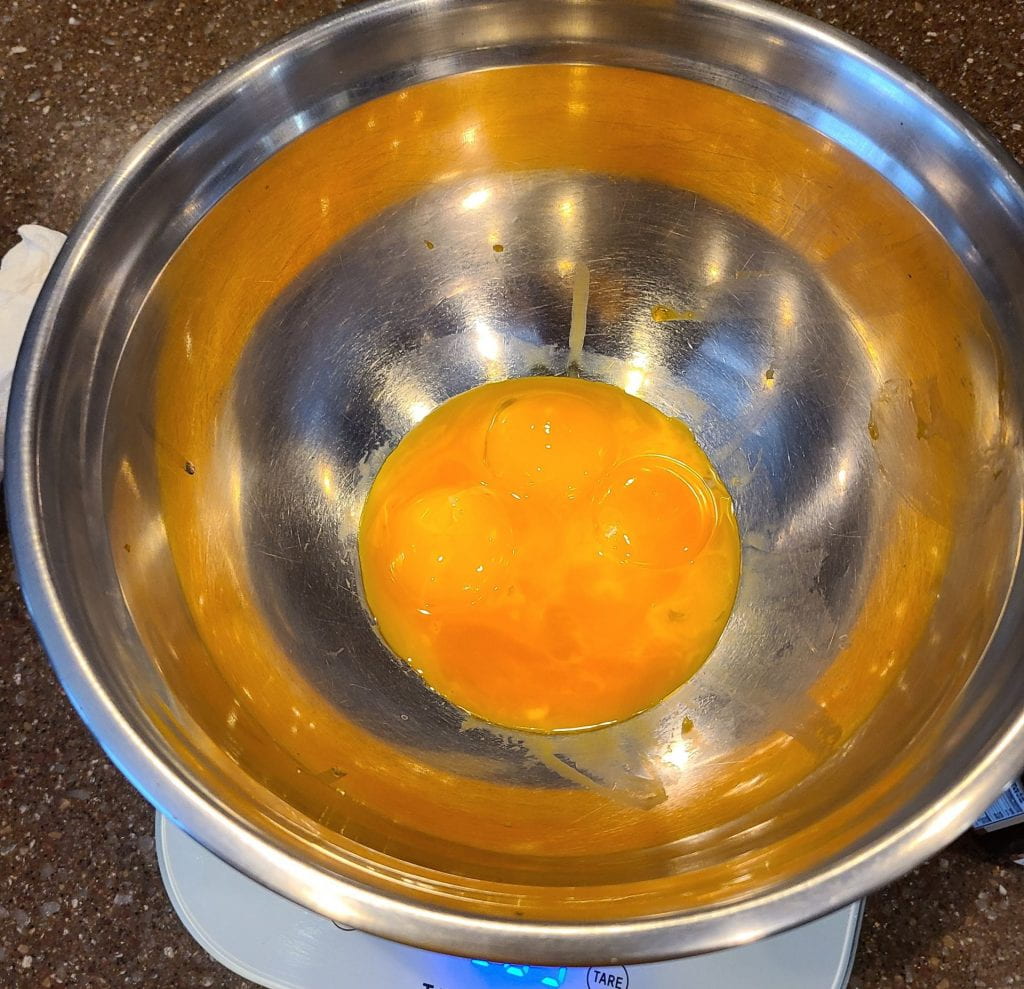Over the past few days, I’ve followed my mentor’s advice during our latest meeting which was to start making my menu. As I wasn’t sure where I should start, I looked up on google what the courses of an Italian dinner looked like, which gave me a page listing each Italian course, what it comprised of, and its purpose. using this, I conceived my first menu draft, which is shown below:

The aperitivo starts the meal, it’s very common to see a glass of a bubbly beverage or wine for this course.
The antipasti is the appetizer course, and it can be anything.
The primi generally doesn’t contain meat and is most commonly a pasta dish.
The secondi is the main meat dish of your meal.
The contorni is a salad that goes with the second (but is not always needed for reasons I will discuss later).
The insalata is your salad dish in the meal, and according to the website I researched from, is served only if the contorni doesn’t have enough leafy green vegetables.
The frommagi course (which I didn’t include on my first draft of my menu) is a course dedicated to cheese.
The dolce is the dessert course.
Finally, an Italian meal sometimes ends off with a strong cup of espresso.
While it was meant to be only a brainstorm/draft menu, when I showed it to my mentor, he still gave me some pointers on how to write a proper menu. One important tip he had for me was that when describing the dish, I should use words that would describe the ingredients used in the dish, but still target the reader’s senses. For example, lets say I wanted to write a description of caesar salad, and I wrote this: “romaine lettuce, croutons, pancetta, vinaigrette dressing, and parmesan.” A more sensory and descriptive method of describing the dish can be achieved by instead writing the description like this: “crisp and fresh romaine lettuce, crunchy croutons, and pancetta coated in a vinaigrette dressing and topped with grated parmesan.” The main difference between those two descriptions is that the latter uses more words that engage your senses, such as how the word “crisp” makes you imagine the lettuce as having a nice snap and crunch to it.
Another pointer he gave me was how i had formatted my menu. He explained that I should place the heaviest course at the end, and the lightest course at the beginning. In my case, instead of finishing with a salad, I should probably finish the larger courses with my meat dish, or secondi.
Using what I learned, I made a second menu, this time with better descriptions, a better format, and just more polished overall. Aspects about it can still be improved, of course, but I think it’s a big improvement from my first draft.

Another piece of advice I’ve been following through with from my mentor was learning how to temper eggs, which is very important in making tiramisu. To learn how to temper eggs, my mentor suggested that I learn how to make creme anglaise, which is essentially a custard sauce. The process of making this sauce involves something called “tempering” of the eggs. It’s basically where you want to incorporate eggs into a hot mixture, but in order to avoid the eggs from fully cooking or curdling, you introduce a bit of the hot mixture into the eggs first to warm it up before completely incorporating the eggs into the hot mixture. This way, the eggs won’t cook and the mixture will still be smooth. However, when I first looked at creme anglaise, I didn’t really want to make it as I don’t know what it could be used for, so instead, I researched online for a bit, before I realized that creme brulee is made using the same egg tempering method used for creme anglaise. This meant I could make a dessert while still learning how to temper eggs, a win-win in my eyes.
The first step to make the creme brulee was to heat up 475 ml of heavy cream, about 4g of salt, and 6g of vanilla extract until it’s hot and steaming. Then, I separated 5 egg yolks before adding in 100g of granulate sugar, using a hand mixer to incorporate the yolk and sugar together until a bit thicker and lighter in colour.
Then, I tempered the eggs by introducing a bit of the hot cream mixture into the yolk mixture to warm it up, before introducing it into the hot cream entirely. This process is shown in more detail in the youtube video I made down below, I apologize if the music in the background is a bit loud, my parents were watching something while I was filming.
After tempering the eggs, I placed four ramaquins into a larger container. I filled up each of the 4 ramaquins with the mixture, and that was when I realized that there was quite a lot of foam on the top of each ramaquin. I had to use a spoon and a foam skimmer to get rid of most of the foam, but I decided to leave the foam layer on one of the as I was curious on how it would turn out. I then filled the container with boiling water before placing the entire thing in an oven preheated to 163 degrees C for 30 minutes.

However, they came out of the oven with browned tops, which is when I realized that I had accidentally set the oven for 168 degrees C instead of 163, which is what most likely cause the browning. After the ramaquins lowered to room temperature, I covered them with plastic wrap before placing them into the fridge for four hours. After the four hours were up, I took them out, and topped each one of them with a small spoon of sugar, enough to lightly cover the entire top of the custard, before using a propane torch to blast the tops and melt the sugar, turning it into a glassy layer of sugar. The result is a crunchy, slightly bitter and sweet layer of sugar glass that pairs very well with the custard underneath.

Questions for this post:
1. What kinds of learning opportunities does the mentor provide to expose you to new learning?
My mentor provided me with menu drafts that he created himself so that I could get an idea of what a meny is meant to look like. This helped expose me to the thought process and format behind making a menu. He also gave me further pointers on how to write a menu, and also he suggested that I should look at menus online to see how a dish is properly described.
2. What kinds of learning opportunities exist to reinforce new learning?
My mentor then helped me reinforce my new learning by getting me to practice making menus myself using the new knowledge I had gained. As you can see, by using a culimination of all of my new knowledge, I created what I would consider a much improved version of my menu draft, and I now have a much better understanding of how to write a menu.
3. What kinds of opportunities exist that might accelerate learning?
By meeting with my mentor, I get a experience and knowledge that is catered specifically to the problems or questions I am having, as compared to research online where I might only get half an answer to what I am seeking. By getting direct answers to my questions or problems, I can find a solution and implement it much quicker than I could by simply researching online. I also often get to learn why the problem is happening in the first place, meaning I understand how to make sure it doesn’t happen next time.
4. When you get together what do you talk about?
We I meet with my mentor, we often talk about my progress, what I had made in the time between our meetings, answering any questions I had and also figuring out how to solve a problem. For example, it our latest meeting, we talked about the stock, risotto, and gnocchi I had made, answering a question on where I should start in my process of learning how to make tiramisu (the answer was to learn how to temper eggs), and then solving the problem of how to improve upon my first menu draft.
5. What is going particularly well in your mentoring relationship right now?
Something that is going well in our relationship right now is how understanding we are of each other. For example, just last week I was a bit late in sending my new menu draft to my mentor, as some new large scale assignments had popped up that week, resulting in me not having much time to finish my menu. I explained this to my mentor, and he was very understanding of my situation, thanking me for letting him know and keeping him up to date.
6. What are you learning about one another?
Something that I learned about my mentor was that he worked as a meat cutter/butcher before he went into culinary. He explained that he did this so that he could learn important knife skills and become familiar with the different cuts of meat from common animals such as cows, pigs, and chickens. He then recommended to me that I should also try to apply for a meat cutting if I wanted to go into the culinary arts for the hands on experience that they can provide me. After hearing him say this, I realized that my mentor was actually a really helpful and knowledgeable person than I had originally thought. Something my mentor is realizing about me is that I am capable of having a comfortable and joking relationship with someone that I see as a teacher. I think he now seems more casual during our meetings after he learned this, which helps us have better discussions.
Thank you for reading! Keep an eye out for my future In-Depth blog posts.
Dylan

